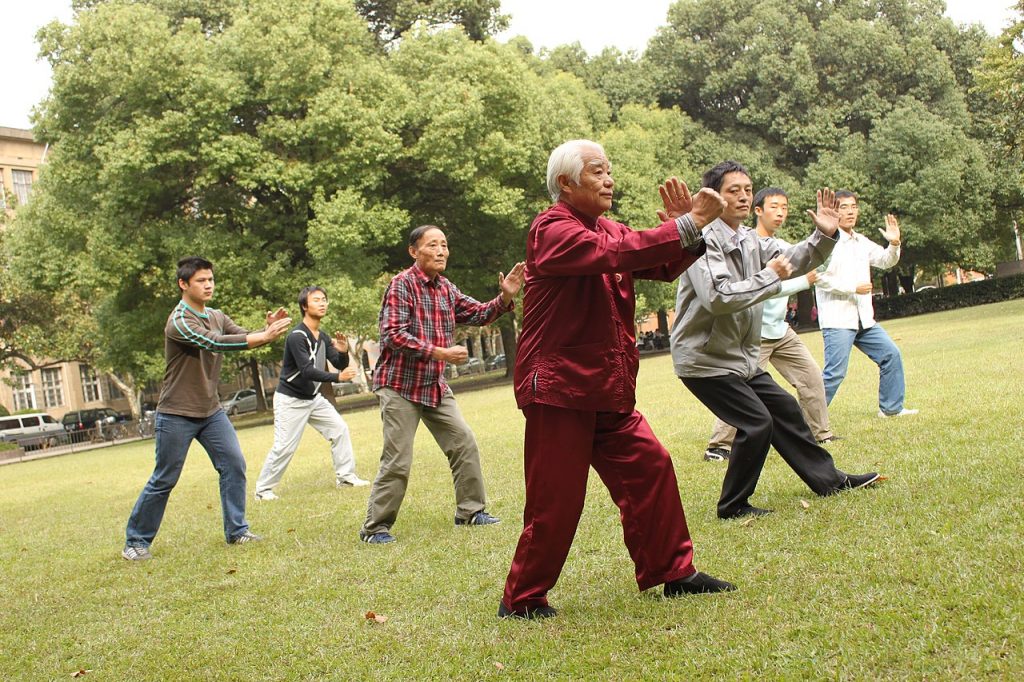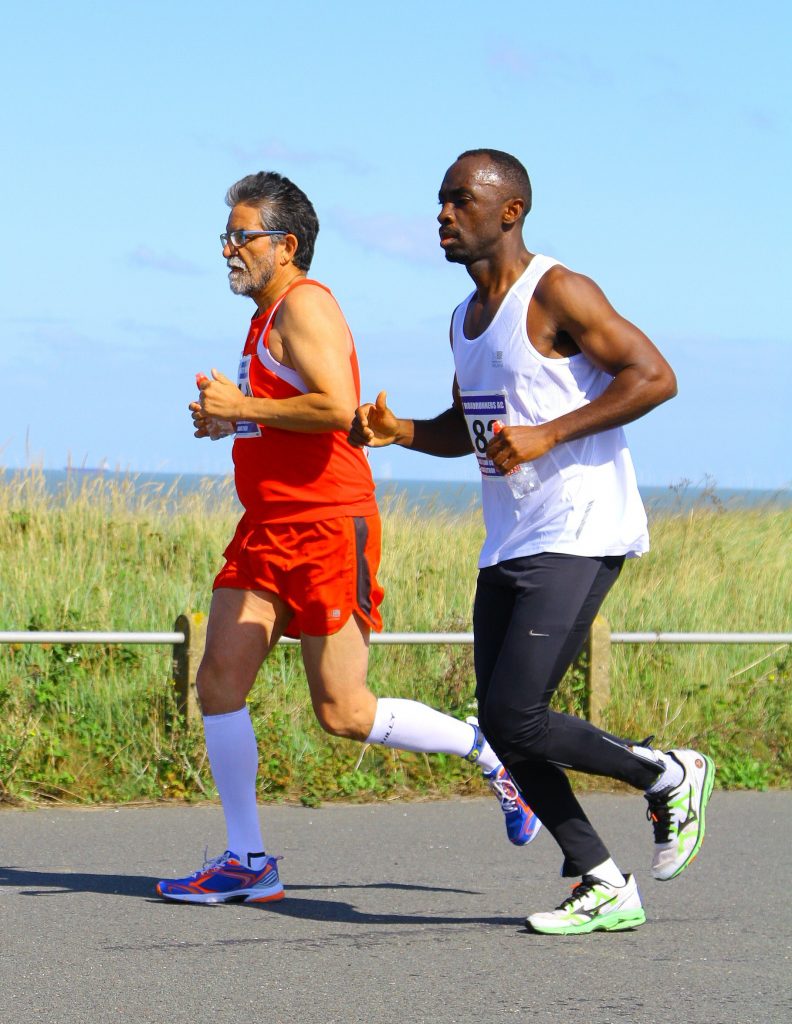152 Brain Functioning
Martha Lally; Suzanne Valentine-French; and Dinesh Ramoo
Research has demonstrated that the brain loses 5 to 10 percent of its weight between ages twenty and ninety (Fjell and Walhovd, 2010). This decrease in brain volume appears to be due to the shrinkage of neurons, lower number of synapses, and shorter length of axons. According to Garrett (2015), the normal decline in cognitive ability throughout the lifespan has been associated with brain changes, including reduced activity of genes involved in memory storage, synaptic pruning, plasticity, and glutamate and GABA (neurotransmitters) receptors. There is also a loss in white matter connections between brain areas. Without myelin, neurons demonstrate slower conduction and impede each other’s actions. A loss of synapses occurs in specific brain areas, including the hippocampus (involved in memory) and the basal forebrain region. Older individuals also activate larger regions of their attentional and executive networks, located in the parietal and prefrontal cortex, when they perform complex tasks. This increased activation correlates with a reduced performance on both executive tasks and tests of working memory when compared to those younger (Kolb and Whishaw, 2011).
Despite these changes, the brain exhibits considerable plasticity, and through practice and training, the brain can be modified to compensate for age-related changes (Erber and Szuchman, 2015). Park and Reuter-Lorenz (2009) proposed the scaffolding theory of aging and cognition, which states that the brain adapts to neural atrophy (dying of brain cells) by building alternative connections, referred to as scaffolding. This scaffolding allows older brains to retain high levels of performance. Brain compensation is especially noted in the additional neural effort demonstrated by those individuals who are aging well. For example, older adults who performed just as well as younger adults on a memory task used both prefrontal areas, while only the right prefrontal cortex was used in younger participants (Cabeza, Anderson, Locantore, and McIntosh, 2002). Consequently, this decrease in brain lateralization appears to assist older adults with their cognitive skills.

Can we improve brain functioning?: Many training programs have been created to improve brain functioning. Advanced Cognitive Training for Independent and Vital Elderly (ACTIVE), a study conducted between 1999 and 2001 in which 2,802 individuals aged sixty-five to ninety-four, suggests that the answer is “yes.” These racially diverse participants received ten group-training sessions and four follow-up sessions to work on tasks of memory, reasoning, and speed of processing. These mental workouts improved cognitive functioning even five years later. Many of the participants believed that this improvement could be seen in everyday tasks as well (Tennstedt et al., 2006). However, programs for the elderly on memory, reading, and processing-speed training demonstrate that there is improvement on the specific tasks trained, but there is no generalization to other abilities (Jarrett, 2015). Further, these programs have not been shown to delay or slow the progression of Alzheimer’s disease. Although these programs are not harmful, “physical exercise, learning new skills, and socializing remain the most effective ways to train your brain” (p. 207). These activities appear to build a reserve to minimize the effects of primary aging of the brain.
Parkinson’s disease is characterized by motor tremors, loss of balance, poor coordination, rigidity, and difficulty moving (Garrett, 2015). Parkinson’s affects approximately 1 percent of those over the age of sixty, and it appears more frequently in family members in a little less than 10 percent of cases. Twenty-eight chromosomal areas have been implicated in Parkinson’s disease, but environmental factors have also been identified and include brain injury. Being knocked unconscious once increases the risk by 32 percent, and being knocked out several times increases the risk by 174 percent (Garrett, 2015). Other environmental influences include toxins, industrial chemicals, carbon monoxide, herbicides, and pesticides (Olanow and Tatton, 1999). The symptoms are due to the deterioration of the substantia nigra, an area in the midbrain whose neurons send dopamine-releasing axons to the basal ganglia, which affects motor activity.
Treatment typically includes the medication levodopa (L-dopa), which crosses the blood-brain barrier and is converted into dopamine in the brain. Deep brain stimulation, which involves inserting an electrode into the brain that provides electrical stimulation, has resulted in improved motor functioning (Garrett, 2015).
Sleep: Similar to other adults, older adults need between seven and nine hours of sleep per night, but they tend to go to sleep earlier and get up earlier than those younger. This pattern is called advanced sleep phase syndrome and is based on changes in circadian rhythms (National Sleep Foundation, 2009). There are sleep problems in older adults, and insomnia is the most common problem in those sixty and older (National Institute on Aging, 2016). People with insomnia have trouble falling asleep and staying asleep. There are many reasons why older people may have insomnia, including certain medications, being in pain, having a medical or psychiatric condition, and even worrying before bedtime about not being able to sleep. Using over-the-counter sleep aids or medication may only work when used for a short time. Consequently, sleep problems should be discussed with a healthcare professional.
Also common in older adults are sleep disorders, including sleep apnea, restless legs syndrome, periodic limb movement disorder, and rapid eye movement sleep behaviour disorder (National Institute on Aging, 2016). Sleep apnea refers to repeated short pauses in breathing, while an individual sleeps, that can lead to reduced oxygen in the blood. Snoring is a common symptom of sleep apnea and it often worsens with age. Untreated sleep apnea can lead to impaired daytime functioning, high blood pressure, headaches, stroke, and memory loss. Restless legs syndrome feels like there is tingling, crawling, or pins and needles in one or both legs, and this feeling is worse at night. Periodic limb movement disorder causes people to jerk and kick their legs every twenty to forty seconds during sleep. Rapid eye movement sleep behaviour disorder occurs when one’s muscles can move during REM sleep and sleep is disrupted.
According to the National Sleep Foundation (2009), there are many medical conditions that affect sleep and include gastroesophageal reflux disease, diabetes mellitus, renal failure, respiratory diseases such as asthma, and immune disorders. Diseases such as Parkinson’s disease and multiple sclerosis also commonly cause problems sleeping. Lastly, Alzheimer’s disease can interfere with sleeping patterns. Individuals may wake up many times during the night, wander when up, and yell, which can alter the amount of time they sleep. Both minor and significant sleep problems in older adults can lead to increased risk of accidents, falls, chronic fatigue, decreased quality of life, cognitive decline, reduced immune function, and depression (Buman, 2013).
Because of sleep problems experienced by those in late adulthood, research has looked into whether exercise can improve their quality of sleep. Results show that 150 minutes per week of exercise can improve sleep quality (Buman, 2013). This amount of exercise is also recommended to improve other health areas including lowering the risk for heart disease, diabetes, and some cancers. Aerobic activity, weight training, and balance programs are all recommended. For those who live in assisted-living facilities, even light exercise, such as stretching and short walks, can improve sleep. High-intensity activity is not necessary to see improvements. Overall, the effects of exercise on sleep may actually be even more significant for older adults since their sleep quality may not be ideal to start.

Media Attributions
- Figure 9 22 © Seattletaijiquan is licensed under a CC BY-SA (Attribution ShareAlike) license
- Figure 9 23 © Funk Dooby is licensed under a CC BY-SA (Attribution ShareAlike) license

